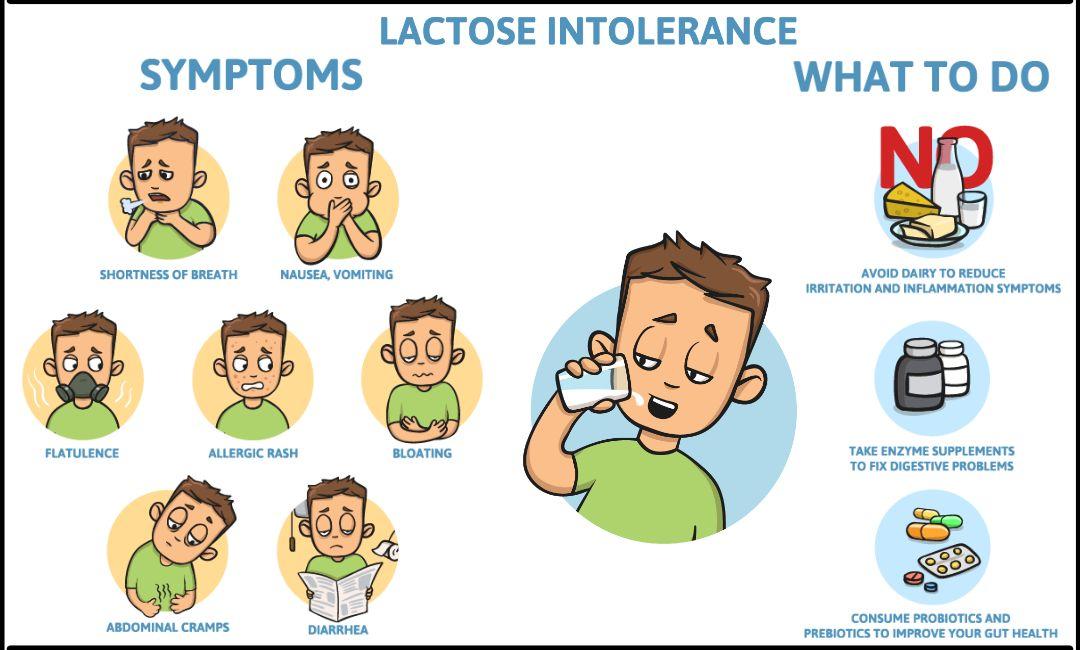In the ever-evolving landscape of nutrition, where kale smoothies and chia seed puddings vie for the spotlight, the debate between plant-based milks and traditional dairy is a conversation that continues to pour over breakfast tables worldwide. Once a niche alternative found only in health food stores, plant-based milks have surged into the mainstream, lining supermarket shelves with promises of sustainability and wellness. But as we swirl almond, soy, oat, and coconut into our morning coffees, a question arises: are these plant-based contenders truly healthier than their dairy counterparts, or are we simply caught up in a frothy wave of trendiness? This article delves into the nutritional profiles, environmental impacts, and health implications of plant-based milks versus dairy, aiming to separate fact from froth and help you make informed choices for your cup and your conscience.
Nutritional Face-Off: Decoding the Health Profiles of Plant-Based and Dairy Milks
In the quest to decipher the nutritional merits of plant-based and dairy milks, it’s essential to look beyond the surface. Dairy milk is often celebrated for its natural content of calcium, vitamin D, and protein. However, plant-based alternatives like almond, soy, and oat milk have surged in popularity, boasting their own unique set of nutrients. Almond milk, for instance, is low in calories and naturally rich in vitamin E, while soy milk offers a comparable protein content to dairy, making it a popular choice for those seeking a high-protein alternative.
When evaluating these options, consider the following nutritional aspects:
- Calcium and Vitamin D: While dairy milk naturally contains these nutrients, many plant-based milks are fortified to provide similar benefits.
- Protein: Soy milk stands out among plant-based options for its protein content, rivaling that of cow’s milk.
- Calories and Fat: Almond milk is often lower in calories, but some plant-based milks may contain added sugars or fats.
- Environmental Impact: Plant-based milks generally have a lower carbon footprint, appealing to eco-conscious consumers.
Ultimately, the choice between plant-based and dairy milks depends on individual dietary needs and preferences. By understanding the nutritional profiles, you can make an informed decision that aligns with your health goals.

Environmental Impact: How Your Milk Choice Affects the Planet
When choosing between traditional dairy and plant-based alternatives, the environmental footprint is a significant factor to consider. Dairy production is known for its substantial use of resources. It requires vast amounts of water and land, and the process generates considerable greenhouse gas emissions. Cows produce methane, a potent greenhouse gas, during digestion, and manure management further contributes to emissions. Additionally, the land used for grazing and growing feed crops can lead to deforestation and biodiversity loss.
In contrast, plant-based milks like almond, soy, and oat offer a more sustainable option, though each comes with its own environmental considerations. Here’s a breakdown of some common plant-based options:
- Almond Milk: While it uses less land, almond cultivation is water-intensive, especially in drought-prone areas.
- Soy Milk: Generally has a lower carbon footprint and uses less water compared to dairy, but concerns about deforestation for soy cultivation persist.
- Oat Milk: Typically requires less water and land than almond or soy, making it one of the more environmentally friendly choices.
Ultimately, the choice of milk can reflect your environmental values. By understanding the nuances of each option, you can make an informed decision that aligns with both your dietary preferences and ecological concerns.

Digestive Dilemmas: Lactose Sensitivity and Dairy Alternatives
In the quest for a healthier lifestyle, many people are turning to plant-based milks as an alternative to traditional dairy. These non-dairy options, such as almond, soy, oat, and coconut milk, offer a range of benefits that cater to those with lactose sensitivity or dietary preferences. While plant-based milks are often lower in calories and saturated fats, their nutritional profile can vary significantly. It’s essential to consider the following when evaluating their health benefits:
- Nutritional Content: Some plant-based milks are fortified with vitamins and minerals like calcium, vitamin D, and B12, which are naturally found in cow’s milk. However, the protein content can differ; for instance, soy milk is a closer match to dairy in protein levels, while almond milk tends to be lower.
- Ingredients: Always check the ingredient list for added sugars, preservatives, and thickeners. Some brands add sweeteners and flavorings that can increase calorie content.
- Environmental Impact: Plant-based milks generally have a lower carbon footprint compared to dairy, making them a more sustainable choice for environmentally conscious consumers.
Ultimately, the decision between dairy and plant-based milks should be based on individual dietary needs, health goals, and ethical considerations. Whether seeking relief from digestive discomfort or aiming for a more sustainable lifestyle, the diversity of options available today makes it easier than ever to find a suitable milk alternative.

Choosing Wisely: Tailoring Milk Options to Your Dietary Needs
When it comes to choosing between plant-based and dairy milk, it’s essential to consider your personal dietary requirements and preferences. Dairy milk is naturally rich in calcium, vitamin D, and protein, which are crucial for bone health and muscle function. However, for those who are lactose intolerant or following a vegan lifestyle, plant-based milks offer an appealing alternative. Options like almond, soy, and oat milk provide a variety of flavors and nutritional profiles, often being fortified with calcium and vitamins to mimic the benefits of traditional milk.
Consider the following factors when selecting the best milk for your needs:
- Allergies and Intolerances: If you have a nut allergy, almond milk might not be suitable. Similarly, those with soy allergies should steer clear of soy milk.
- Nutritional Content: Check for fortified options to ensure you’re getting essential nutrients like calcium and vitamin D.
- Environmental Impact: Plant-based milks generally have a lower environmental footprint compared to dairy, but the impact varies among different types.
- Taste and Texture: The flavor and consistency of milk can vary greatly, so try different types to find what suits your palate.
Key Takeaways
In the ever-evolving landscape of nutrition, the debate between plant-based milks and traditional dairy continues to stir both curiosity and conversation. As we sip from our cups—be it filled with creamy almond, robust soy, or classic cow’s milk—we find ourselves at the intersection of health, ethics, and personal preference. Each option, with its unique profile of nutrients and flavors, offers something distinct to our dietary palette. While science and taste buds may not always align, the journey of exploring these diverse milks is as enriching as the beverages themselves. Whether you lean towards the plant kingdom or remain steadfast in your dairy devotion, the choice ultimately nourishes more than just the body—it feeds our growing understanding of food, culture, and self. As the carton closes, remember that the healthiest choice is the one that aligns with your values and needs, for therein lies the true essence of well-being.


































